Equation at Lilian Baylis Studio
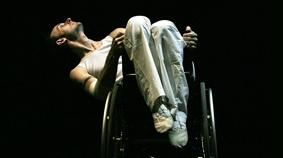
The =dance series was created to showcase dance projects involving deaf and disabled artists and allow them to develop their creative ideas in a supportive and inclusive environment. It now ends its first year with a show entitled Equation, offering a selection of the most prominent contributions.
The company Deaf Men Dancing presents The Soundman, a duet of male dancers engaging in a dance battle of sorts, which culminates in a choreography performed in unison. The sound is provided by deaf musician DB1, whose pieces range from contemporary compositions to recordings of background noise taped on his recording unit as he went about his day, so that he could later go home and hear the sounds he had missed. The two performers feel the vibrations emitted by the sound box and let those dictate the rhythm to which they move, following the beat and quite literally feeling the music.
The other pieces include Missing, which sees dancer, choreographer and wheelchair-user Laura Dajao explore different ways of interacting through movement in a dynamic duet concerned with the idea of loss. Then there is Marc Brew’s Remember When, a moving piece where subtle, graceful movements create a beautifully melancholy atmosphere, and finally the Stopgap Dance Company presents a poignant and visually striking work named Artificial Things, Movement Three, where four dancers start off as disconnected individuals occupying the same space and slowly begin to communicate and connect until they learn to coexist.
There are not many platforms showcasing this sort of work, so it is refreshing for audiences to be introduced to the unexpected variety that is found in inclusive dance projects. One of the important questions that this series naturally raises is whether separating works involving disabled dancers is an advantage or a drawback. While assigning a special frame allows these projects to expand further than would otherwise be possible, placing labels does inevitably create a divide, giving the impression that these works belong to a different realm and are not an integral part of the wider dance scene.
Initiatives like =dance, however, are an excellent starting point for raising the profiles of these artists and allowing their opportunities to gradually expand so that their works do not remain confined to one space. Aside from presenting inventive choreographies, this is a series of engaging pieces that encourages people to be aware of each other. It is the first part of a dialogue that can lead towards the ultimate goal, which is that of mainstreaming equality in dance.
Mersa Auda
Equation was a one-off event at Lilian Baylis Studio on 21st March 2015, for further information about future events visit here.



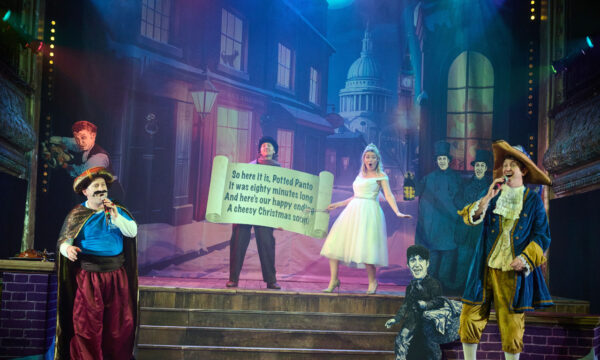

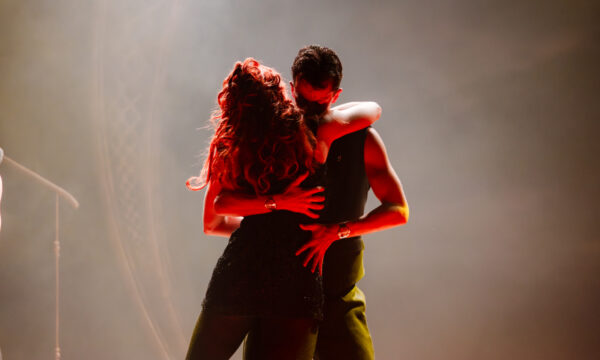
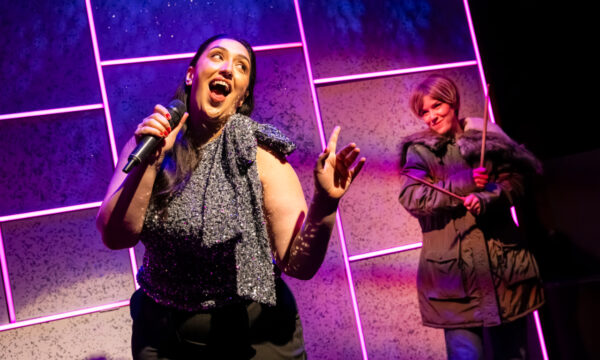
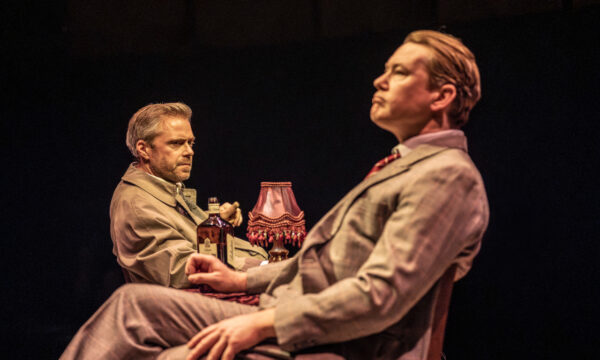
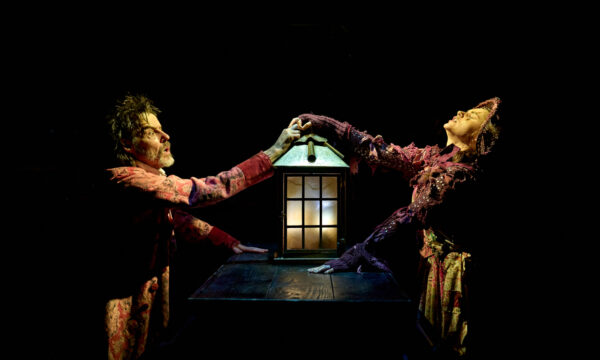
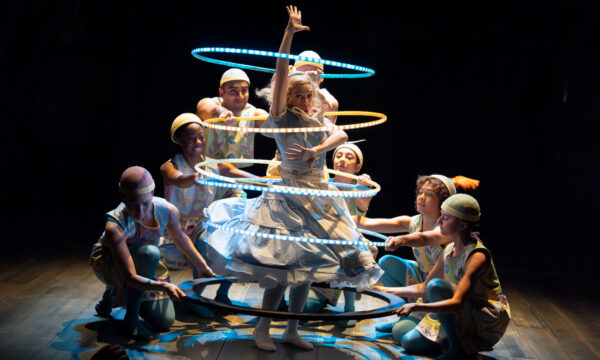




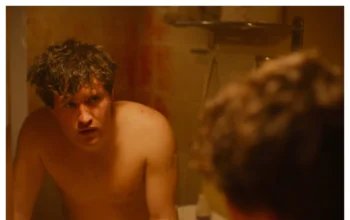










Facebook
Twitter
Instagram
YouTube
RSS